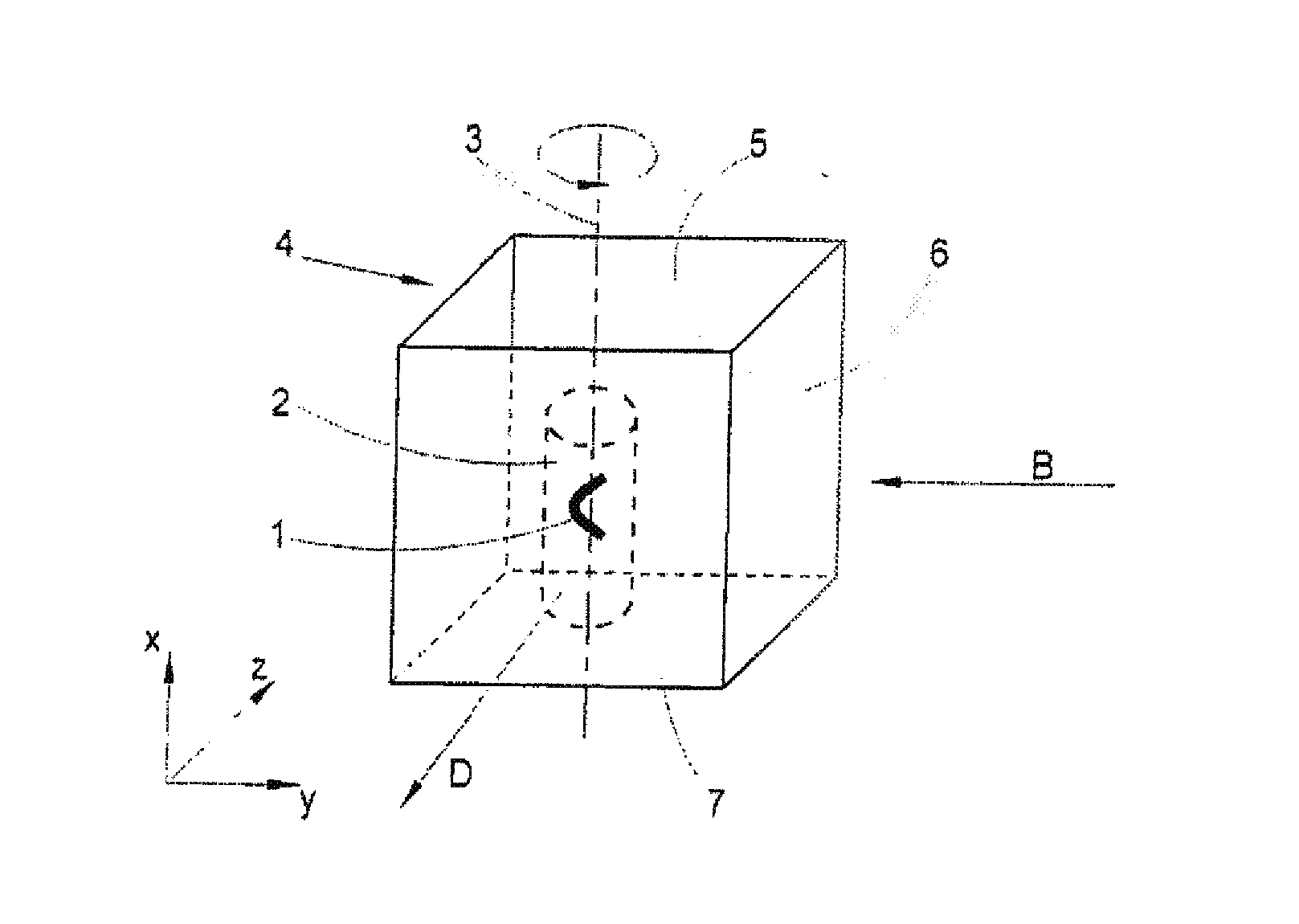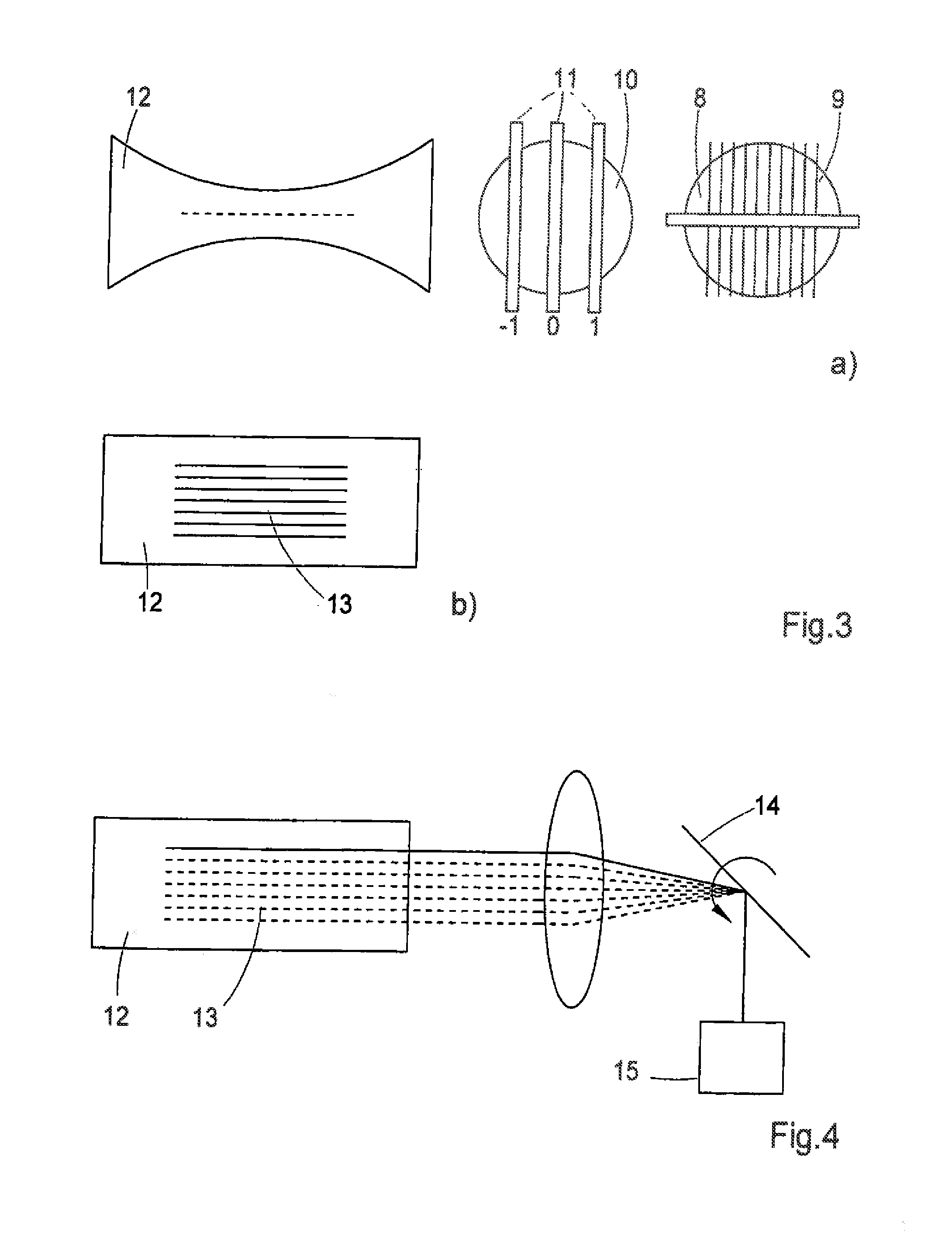Method for the microscopic three-dimensional reproduction of a sample
a three-dimensional reproduction and sample technology, applied in the field of three-dimensional reproduction of samples, can solve the problems of spim method, expensive and time-consuming, and the computer is usually not suitable for handling the required computing capacity, and achieves the effects of avoiding shadow effects, improving resolution, and improving the quality of green fluorescent proteins
- Summary
- Abstract
- Description
- Claims
- Application Information
AI Technical Summary
Benefits of technology
Problems solved by technology
Method used
Image
Examples
Embodiment Construction
[0087]It is to be understood that the figures and descriptions of the present invention have been simplified to illustrate elements that are relevant for a clear understanding of the present invention, while eliminating, for purposes of clarity, many other elements which are conventional in this art. Those of ordinary skill in the art will recognize that other elements are desirable for implementing the present invention. However, because such elements are well known in the art, and because they do not facilitate a better understanding of the present invention, a discussion of such elements is not provided herein.
[0088]The present invention will now be described in detail on the basis of exemplary embodiments.
[0089]As can be seen from FIG. 1, a sample 1 is embedded in a gel which is shaped to form a circular cylinder 2. The circular cylinder 2 is located in a sample chamber 4 and is supported inside the sample chamber 4 so as to be rotatable around an axis of rotation 3 and displace...
PUM
 Login to View More
Login to View More Abstract
Description
Claims
Application Information
 Login to View More
Login to View More - R&D
- Intellectual Property
- Life Sciences
- Materials
- Tech Scout
- Unparalleled Data Quality
- Higher Quality Content
- 60% Fewer Hallucinations
Browse by: Latest US Patents, China's latest patents, Technical Efficacy Thesaurus, Application Domain, Technology Topic, Popular Technical Reports.
© 2025 PatSnap. All rights reserved.Legal|Privacy policy|Modern Slavery Act Transparency Statement|Sitemap|About US| Contact US: help@patsnap.com



